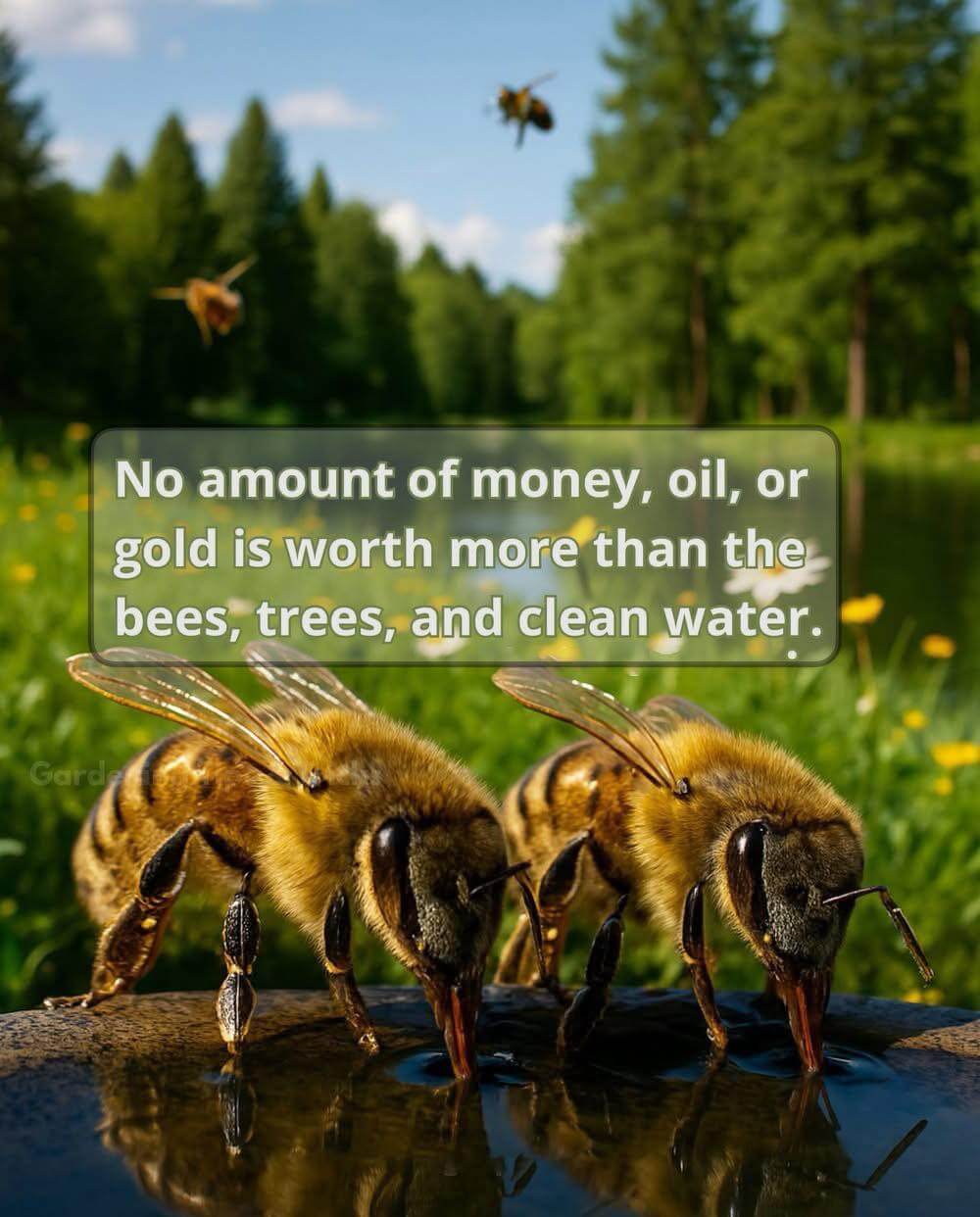You can help save bumble bees by planting a mix of perennials, annuals, and herbs in your spring garden. These pollinators are vital to our food system, and your garden can become a haven for them.
Bumble bees are key pollinators that fertilize many of the crops we rely on for food. However, their numbers are shrinking because of habitat destruction, climate shifts, and pesticide exposure. A practical way to support them is by growing flowers, herbs, and shrubs that provide nectar and pollen.
This guide will show you which plants to grow in your spring garden to create a healthy and bee-friendly space.
Why Bumble Bees Matter
Bumble bees are essential for pollinating fruits, vegetables, and flowers, helping plants to reproduce and grow strong yields. What makes them unique is their ability to buzz pollinate—vibrating flowers to release pollen, which makes them especially effective for crops like tomatoes, peppers, and berries. But as flower sources decrease and chemicals in gardening increase, these bees face serious threats. Growing a diverse selection of flowering plants helps supply food for bees all season long and aids in rebuilding their environment.
Best Perennials for Bumble Bees
Perennials return each year, providing consistent blossoms that bees can rely on.
1. Lavender (Lavandula spp.)
Blooms: Summer
Why it’s helpful: Bees are drawn to its fragrant, nectar-rich flowers.
Growing tip: Needs full sun and well-drained soil.
2. Coneflower (Echinacea spp.)
Blooms: Mid to late summer
Why it’s helpful: Supplies bees with abundant nectar and pollen.
Growing tip: Thrives in full sun with moderate watering.
3. Bee Balm (Monarda spp.)
Blooms: Late spring through summer
Why it’s helpful: Aromatic flowers attract bees.
Growing tip: Likes moist soil and light shade to full sun.
4. Black-Eyed Susan (Rudbeckia hirta)
Blooms: Summer to fall
Why it’s helpful: Long-lasting blooms supply consistent nectar.
Growing tip: Enjoys full sun and tolerates dry conditions once mature.
5. Lupine (Lupinus spp.)
Blooms: Late spring to early summer
Why it’s helpful: Tall, spiky flowers are easy for bees to access.
Growing tip: Grows best in sandy soil with full sun exposure.
Top Annuals That Attract Bumble Bees
Annuals live for one season but produce lots of flowers that support pollinators during spring and summer.
1. Sunflowers (Helianthus spp.)
Blooms: Late spring to fall
Why it’s helpful: Their pollen-rich heads are a favorite among bees.
Growing tip: Full sun and well-drained soil are essential.
2. Snapdragons (Antirrhinum majus)
Blooms: Spring to early summer
Why it’s helpful: Their tube-shaped blooms are ideal for bumble bees.
Growing tip: Prefers cooler weather and consistent watering.
3. Cosmos (Cosmos bipinnatus)
Blooms: Summer through fall
Why it’s helpful: Open, colorful flowers attract many types of pollinators.
Growing tip: Needs full sun and minimal watering.
4. Zinnias (Zinnia spp.)
Blooms: Summer to fall
Why it’s helpful: Offers nectar until frost, keeping bees fed longer.
Growing tip: Loves full sun and regular water.
5. Marigolds (Tagetes spp.)
Blooms: Late spring to fall
Why it’s helpful: Not only do they deter pests, but they also draw in bumble bees.
Growing tip: Needs well-drained soil and full sunlight.
Bee-Friendly Herbs to Grow
Many common herbs are not only useful in the kitchen but also bloom with flowers that bees enjoy.
1. Thyme (Thymus vulgaris)
Blooms: Spring to summer
Why it’s helpful: Its tiny flowers attract bees of all kinds.
Growing tip: Needs full sun and should be allowed to flower.
2. Basil (Ocimum basilicum)
Blooms: Summer
Why it’s helpful: Bees visit basil flowers eagerly—so don’t harvest every plant.
Growing tip: Needs sun and steady watering.
3. Mint (Mentha spp.)
Blooms: Summer
Why it’s helpful: Its sweet-smelling blooms are a hit with pollinators.
Growing tip: Grows fast—plant in containers to control spreading.
4. Chives (Allium schoenoprasum)
Blooms: Spring to early summer
Why it’s helpful: Early bloomers give food to bees right after winter.
Growing tip: Let flowers bloom fully before trimming.
5. Oregano (Origanum vulgare)
Blooms: Late summer
Why it’s helpful: Delicate flowers offer late-season nourishment.
Growing tip: Thrives in full sun; leave some flowers unharvested for bees.
How to Create a Bumble Bee-Friendly Garden
Group flowers together. Plant in clusters to help bees find food faster.
Avoid chemical pesticides. Stick to organic and natural gardening methods.
Ensure long blooming periods. Include plants that bloom from early spring to late fall.
Provide shelter. Leave patches of undisturbed ground or add bee houses.
Offer clean water. Use shallow dishes with small stones so bees can land safely while drinking.
By filling your garden with flowers and herbs that support bumble bees, you contribute to the protection of these vital pollinators and help ensure the health of ecosystems and food supplies alike.
